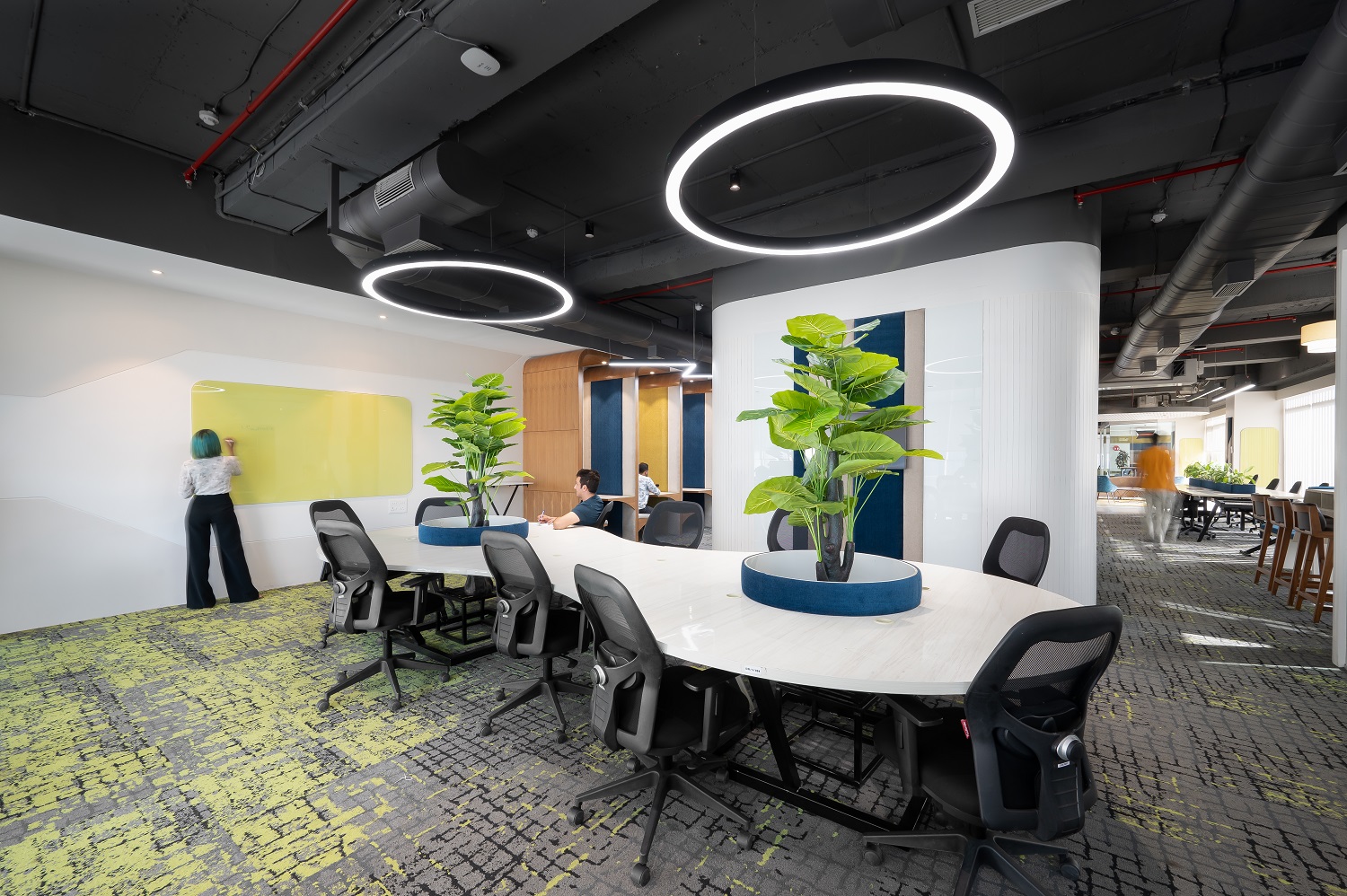
Image Source: Google
In today's fast-paced work environment, it is crucial to prioritize the health and well-being of employees. One key aspect of ensuring a healthy workplace is to design ergonomic workspaces that promote comfort, efficiency, and overall well-being. By incorporating ergonomic principles into the design of workspaces, employers can help reduce the risk of injuries, improve productivity, and enhance employee satisfaction. In this article, we will explore strategies for creating a healthier workplace through ergonomic workspace design.
The Importance of Ergonomic Workspace Design
Ergonomic workspace design focuses on creating a work environment that is tailored to the needs of employees. By considering factors such as posture, movement, and comfort, ergonomic design aims to reduce strain on the body and minimize the risk of injuries. Here are some key reasons why ergonomic workspace design is important:
1. Prevents Musculoskeletal Disorders
- Proper ergonomic design can help reduce the risk of musculoskeletal disorders such as back pain, neck strain, and carpal tunnel syndrome.
- By promoting good posture and providing ergonomic furniture, employers can create a workspace that supports the natural alignment of the body.
2. Improves Productivity
- An ergonomic workspace can help employees work more efficiently by reducing fatigue and discomfort.
- Comfortable seating, adjustable desks, and proper lighting can all contribute to a more productive work environment.
Strategies for Designing an Ergonomic Workspace
Creating an ergonomic workspace involves considering a variety of factors, from the layout of the office to the design of furniture and equipment. Here are some strategies for designing a healthier workplace through ergonomic principles:
1. Adjustable Furniture
- Provide employees with adjustable chairs and desks that can be easily modified to suit their individual needs.
- Adjustable furniture allows employees to find the most comfortable and ergonomic position for their work tasks.
2. Proper Lighting
- Ensure that workspaces are well-lit to reduce eye strain and promote alertness.
- Natural light is ideal, but if that is not possible, use lighting that mimics natural light and can be adjusted based on individual preferences.
3. Encourage Movement
- Encourage employees to take short breaks to stretch and move around throughout the day.
- Design the workspace layout to promote movement, such as placing printers or file cabinets at a distance to encourage employees to walk.
4. Organize Workstations Efficiently
- Arrange workstations to minimize reaching and twisting, placing frequently used items within easy reach.
- Keep the workspace clutter-free to create a clean and organized environment that promotes focus and productivity.
Implementing Ergonomic Practices in the Workplace
While designing an ergonomic workspace is important, it is equally essential to encourage employees to adopt ergonomic practices in their daily work routine. Here are some tips for promoting ergonomic practices in the workplace:
1. Provide Ergonomic Training
- Offer training sessions to educate employees on the importance of good posture, proper lifting techniques, and the benefits of ergonomic furniture.
- Encourage employees to take breaks and stretch regularly to prevent muscle fatigue and strain.
2. Conduct Regular Ergonomic Assessments
- Conduct ergonomic assessments to identify potential risks and make necessary adjustments to workstations.
- Encourage employees to report any discomfort or pain they experience while working to address issues promptly.
3. Promote a Healthy Work Culture
- Encourage open communication between employees and management regarding ergonomic concerns.
- Recognize and reward employees who demonstrate good ergonomic practices and contribute to creating a healthier workplace.
By incorporating ergonomic principles into workspace design and promoting ergonomic practices in the workplace, employers can create a healthier work environment that benefits both employees and the organization as a whole.
